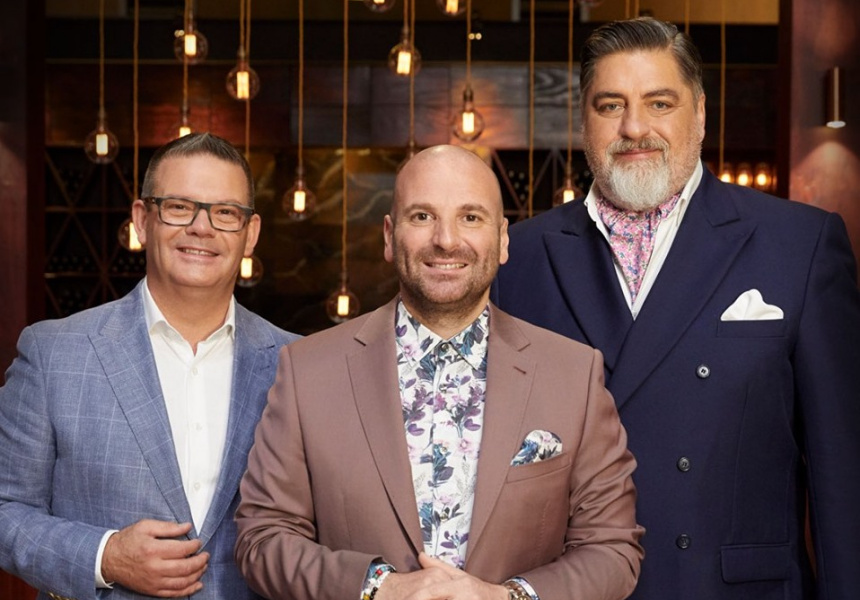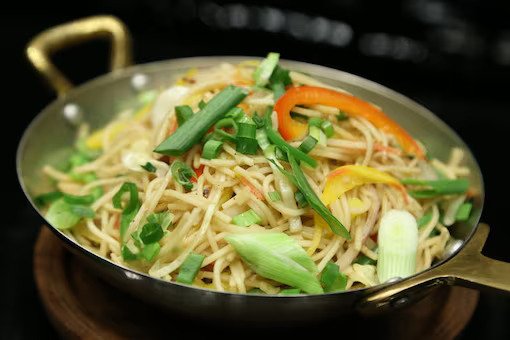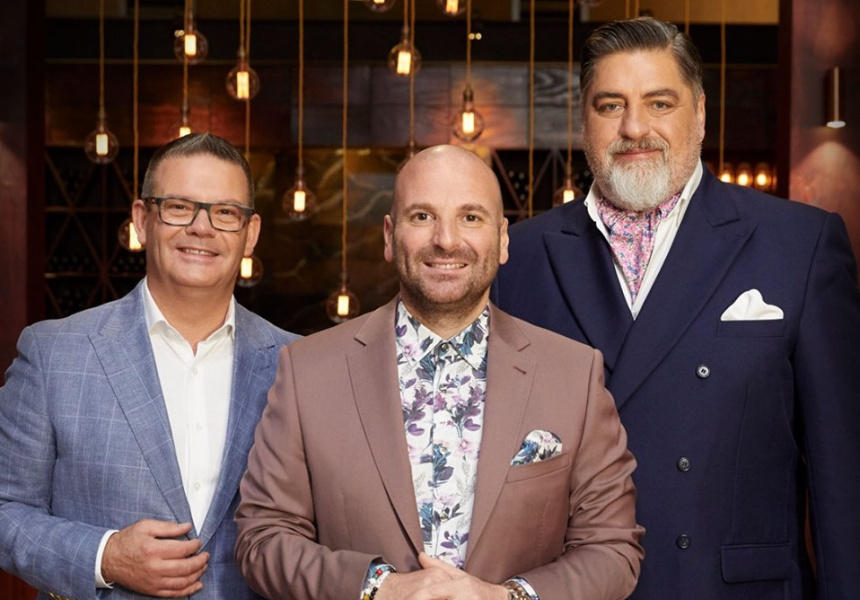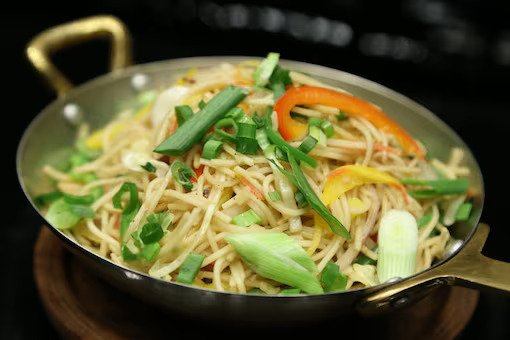Culinary consultant and blogger Sayantani Mahapatra was diagnosed with serious anaemia after the birth of her second child. But the iron pills the doctor prescribed did not suit her. “It was then that elders in the family suggested I prepare my food in cast-iron cookware. My doctor concurred,” says Mahapatra.
For thousands of years, traditional utensils, made with metals like iron, copper and bronze, have been known to not only preserve nutrients of the food cooked in them but also impart additional nourishing value and medicinal properties. Ancient ayurveda recommends them too, and even stipulates specific uses for each metal, while underlining their curative virtues.
However, until recently, an urgent bid to embrace ‘the modern’ and ‘the novel’, had dismissed such traditional kitchen apparatuses as anachronisms. Copper dekchis and iron kadhais made way for gleaming stainless steel, and then fancy non-stick pots and pans, and traditional sil batta (flat grinding stone and muller) was traded for hi-tech mixers and grinders, in urban kitchens circumscribed by the needs of a ‘quick-fix lifestyle’.
In recent years, revivalism has been one of the defining aspects of Indian gastronomy. With the focus on age-old culinary techniques to centuries-old recipes, forgotten ingredients and ancient culinary knowledge – culinarily, India has travelled back in time to in order to script a new gastronomic language for the future. Add to it a growing interest in sustainable, eco-friendly living and availability of information. Revisiting and reviving old, traditional kitchenware is both a natural part of this process, as also an outcome. Also, we now know all about the carcinogenic effects of perfluorooctanoic acid used in the manufacture of non-stick cookware!
This has prompted the renewed focus on the virtues of cooking in soapstone vessels or kalchattis, bronze urlis or rustic earthen cookware, and the mushrooming of brands selling such traditional kitchenware online.
In the book Kaya Yoga: Road to Happiness, Health and Longevity, Dr Nachiketa Das writes how in some parts of southern India, women, strictly vegetarian, follow a unique method of adding iron to their diet to combat anaemia – they grind yoghurt in a wrought-iron mortar with a pestle. “Acidic yoghurt when so ground, absorbs iron, and this iron-fortified yoghurt has been an effective cure for anaemia in south India for generations,” writes Das. Mahapatra too insists that cooking her meals in cast-iron cookware, especially the lohar kadai, has greatly benefitted her health.
“I have swapped almost all of my non-stick cookware for cast-iron ones,” says culinary author Smita Hegde Deo. In her Mumbai kitchen, she makes her dosas on a cast-iron tawa. Her appe patram (mould), is also made of cast iron, while she cooks her fish curry in a clay pot. “I recently inherited a slightly concave cast-iron tawa that my grandmother used for making fish. It yields far better results than the non-stick pan I used to use,” says Deo.
One of the prime factors driving this revival spree is a hankering for tastes, flavours and textures from the past that modern cooks have struggled to replicate with their cutting-edge culinary devices. For instance, old timers would insist that spices or chutneys ground on a grinding stone can never be replicated by an electronic mixer. “The reason is simple – the grinding stone generates little heat during the grinding process keeping not only the flavours but also the colour, essential oils, etc, intact,” says chef Amninder Sandhu, whose gas-free kitchen at her Mumbai restaurant Arth boasts everything from a sil batta to sandpit and angithis. Deo agrees. “I recently picked up a pata varvanta (grinding stone) from a quaint market in Pune and use it to grind masalas and thetcha with fantastic results,” she says.
The recent focus on regional cuisines and domestic kitchens, championed by food bloggers and chefs alike, has further strengthened the case for traditional utensils – every cuisine heavily depends on its own classic cookware.
Home chef Sherry Mehta Malhotra’s kitchen in Kolkata is stocked with traditional cookware including copper and bronze pots, cast-iron kadai, brass plates, kunni (earthen pot), sil batta, ghotna (wooden masher) and angithi, most of which she inherited from her grandmother. “I have been using these utensils since (FOR) as long as I remember,” says Malhotra. “I not only inherited recipes from my grandmother but also her utensils.”
As Malhotra, whose United Punjab pop-ups are immensely popular, rightly points out, each of these traditional utensils have a specific use and are designed for specific kinds of cooking. In her grandmother’s traditional Punjabi kitchen, the copper pots were reserved for dals, while the sookhi sabzis were made in the iron kadhai (which give the dishes a delicious dark colour), for sarson da saag, a ghotna would be used to mash the leaves and the Kunni Gosht would be slow-cooked in an earthen pot or kunni.
“In Himachal, where I grew up, dham would be cooked in huge copper vessels with a narrow neck called charoti,” says Malhotra. The design of these thick-walled vessels ensured the food remained hot for a longer time. Again, down south, rasam, pachadis and other sour or acidic dishes would ideally be made in stone cookware instead of reactive, metallic ones, so that neither the taste nor the nutritive value of the food is tampered with.
In Kerala, traditionally fish curry would be slow cooked in a meenchatti or mann chatti – a flat-bottomed, terracotta pot with a wide, open mouth and a lid. Typically, to avoid disintegrating the soft fish by stirring the curry with a ladle or ensure the curry doesn’t stick to the bottom, the meenchatti is held by its rim and given a quick swirl.
According to Vijayan Kannampilly, the vessel is designed in a way that this is possible. “It retains heat inside for a long time, “thus allowing for slow-cooking and remains just warm enough on the outside to permit the gentle swirling,” she writes in the book Essential Kerala Cookbook. The earthy flavour the clay pot imparts gives the curry a whole new accent.
However, Kannampilly also writes, “Before putting a meenchatti to use, it is necessary to boil water in it and drain it out at least thrice. At the third time, a teaspoon of refined oil can be added to the water. This helps to remove all traces of clay and seals the pores of the chatti.” Others suggest soaking the pot in water for a few hours. Similarly, iron pots, pans and griddles need to be cured or tempered before cooking in them. There are many who shy from using traditional utensils to avoid the pains and work that goes into maintaining them. But again, there are those who are ready to make the effort for the sake of taste and sustainability.
“Most of these traditional vessels, with little care last much longer. The modern non-stick pans have to be replaced every few years, so in a way the older vessels are ‘greener’ and better for the planet. I don’t subscribe to the fixation for disposable-single use-short term use,” says blogger and caterer Rhea Mitra Dalal. In her Mumbai kitchen, a lohar kadai (cast-iron wok) and bell-metal kanshi inherited from her grandmother’s Bengali kitchen jostle for space with the Popatji no paeno – a specially crafted pan with large cavities, used to make quintessentially Parsi sweet fritter, Popatji, and enamelware from Karaikudi. “The thought that I am reusing something over and over, spanning decades, makes me feel satisfied. It is my tiny contribution towards a better Earth,” she adds.
(Priyadarshini Chatterjee is a freelance journalist and food blogger)


)




)
)
)
)
)
)
)
)